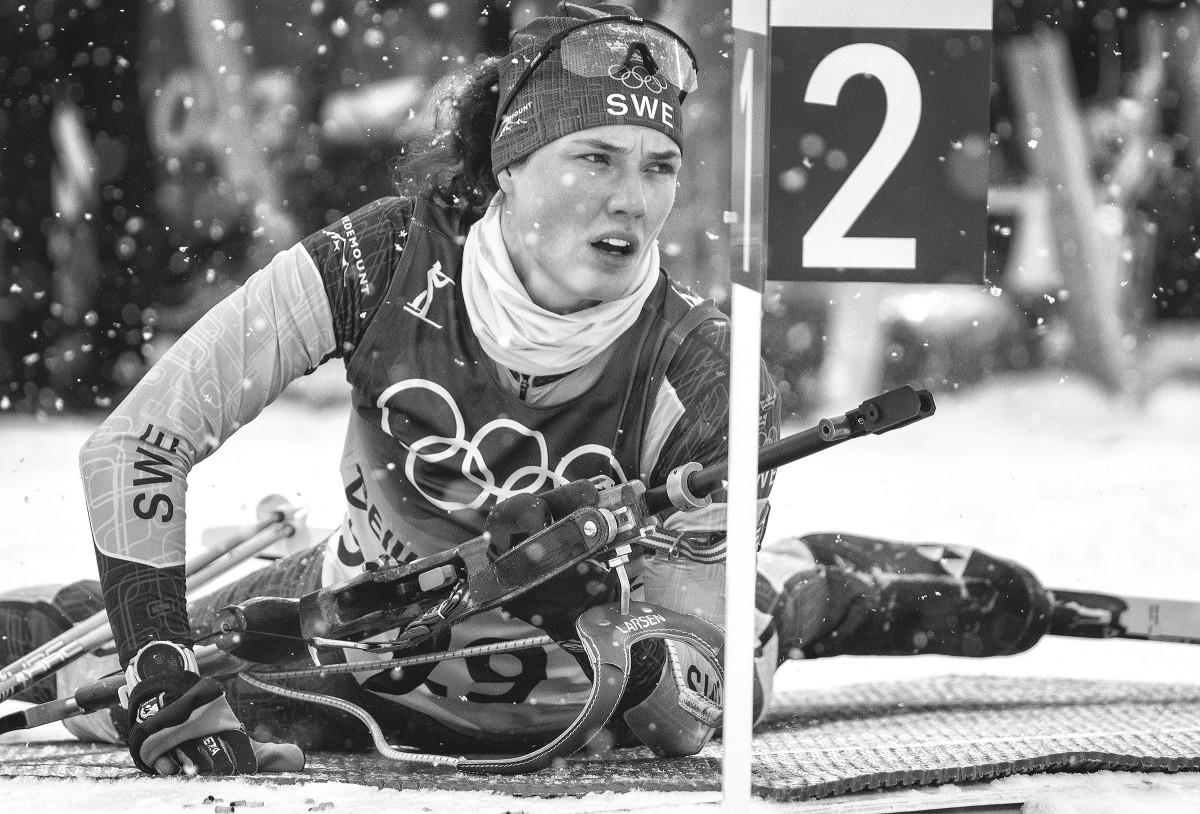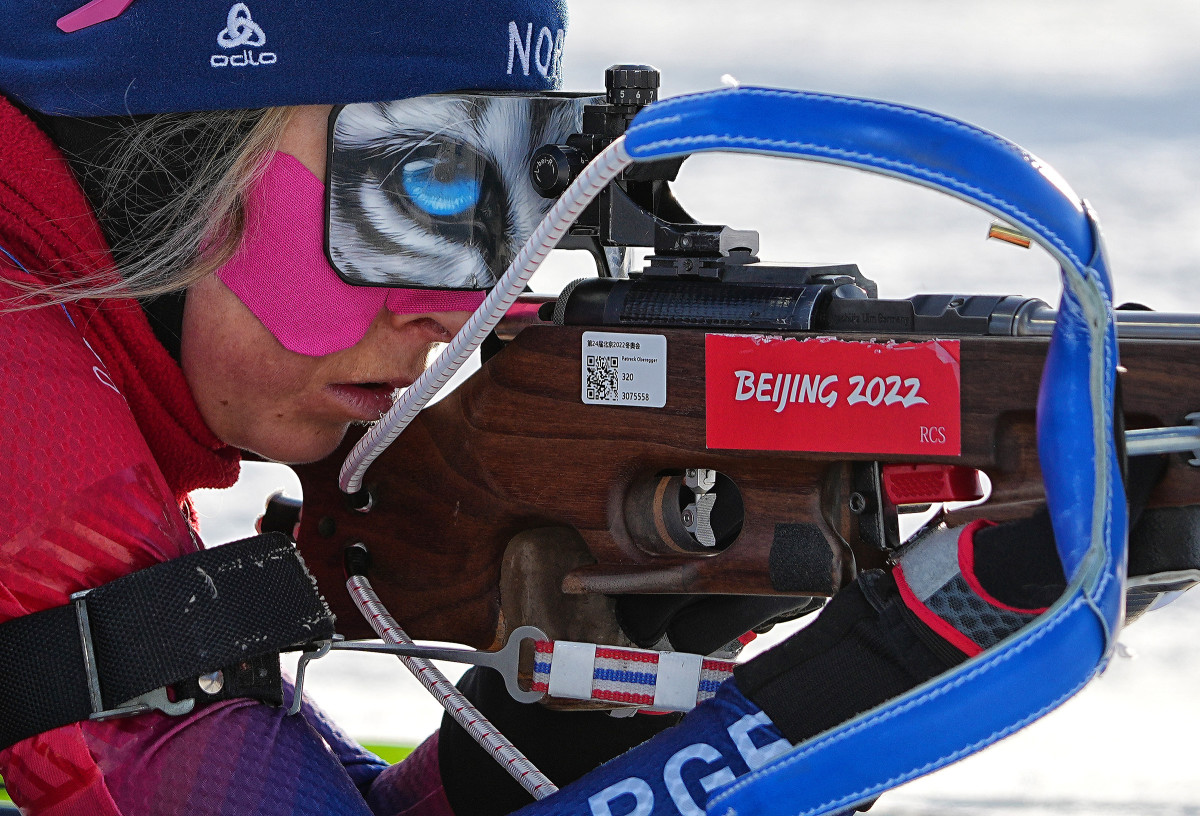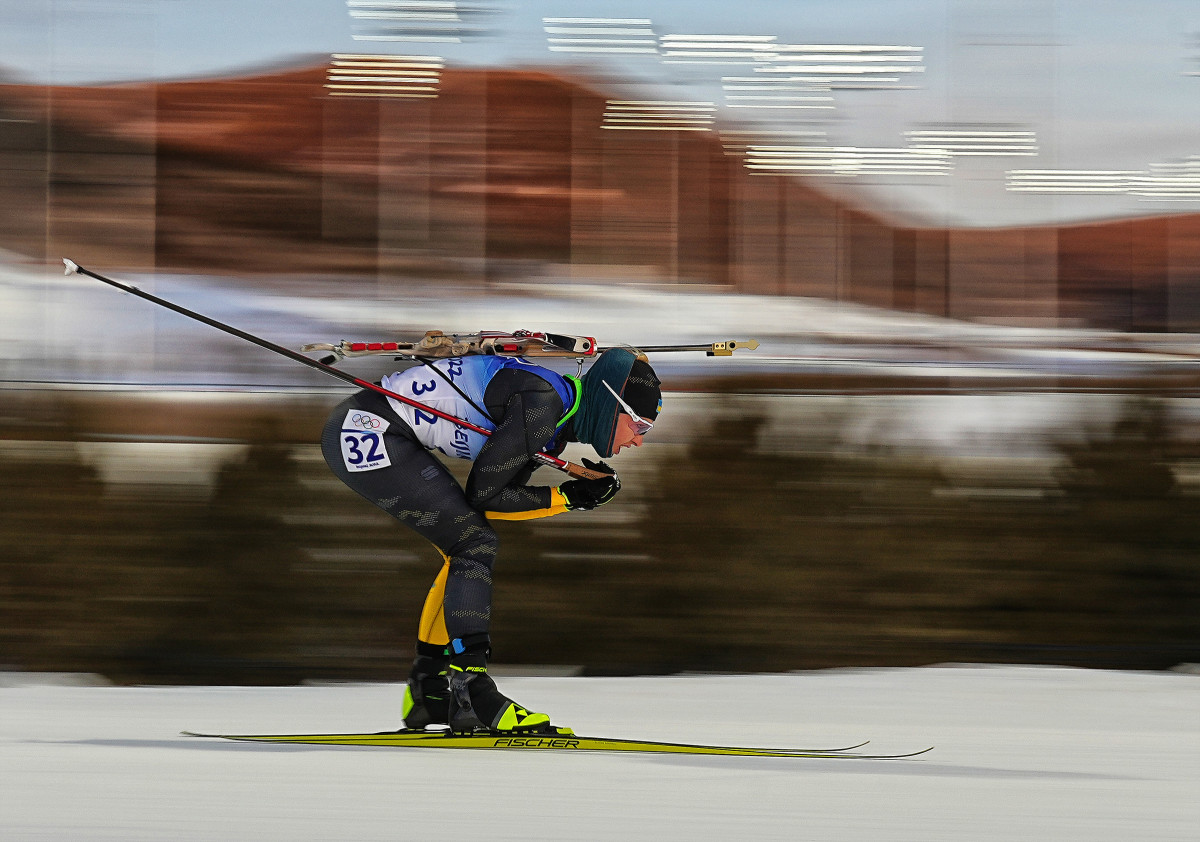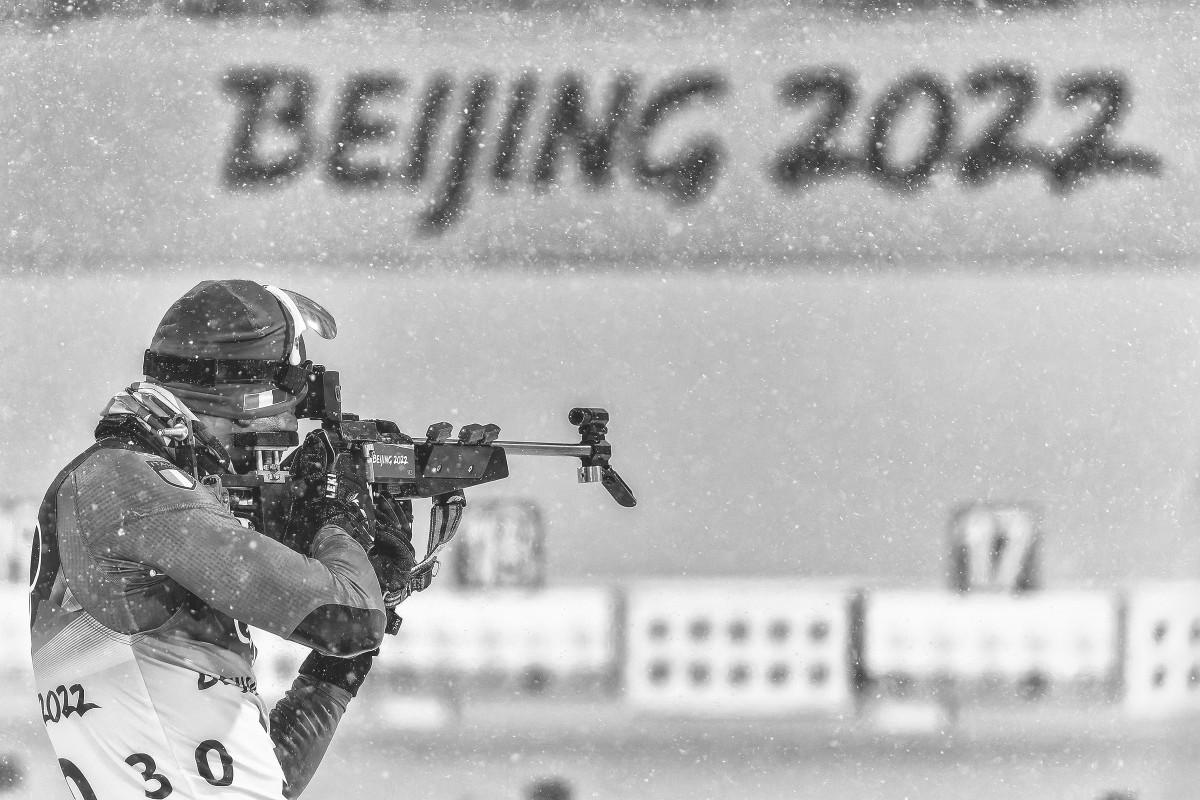Biathletes and Their Trigger Fingers Face Unique Challenge in Bitter Cold Conditions

ZHANGJIAKOU, China — A few years ago, Deedra Irwin was competing in one of her first international biathlon events, having switched over from Nordic skiing, when she reached the shooting portion of the course and made a horrifying discovery. “It was so cold,” she says, “I lost total feeling in my finger and had to keep looking down to see if it was even on the trigger.”
Here at the 2022 Winter Olympics, the most important digit isn’t a judge’s score, or a race time, or any statistic at all—but the few inches of bone, blood and flesh that United States biathletes and others must use to shoot their guns. “That’s our weak point, our Achilles’ heel,” Joanne Firesteel Reid says. “And the more times you freeze that, the more problematic it becomes.”
It is a challenge unlike any in sports: How do you maintain enough sensitivity in your pointer finger while also protecting it from the elements? "Uh, yeah, that's a great question,” Team USA’s Jake Brown says with a knowing chuckle. “I think everyone has a different strategy.”

Brown, for instance, wears a skintight wind vest underneath his uniform. “Keeping your core temperature warm really helps keep your extremities warm,” the 29-year-old says. He also typically warms up for races with mittens, only putting on a pair of fresh, dry gloves right at the start line. “If your gloves are wet from sweat, they’ll just freeze,” he says. Should he need a quick circulation boost during the race, he turns to a trick that teammate Sean Doherty taught him, stiffening his shooting arm at his side and flexing his wrist before pumping it up and down.
“For some reason, it opens the valves in your veins,” Brown says. “That's the one I would recommend for anyone who wants to get their hands warm, over the windmill.”
Indeed, biathletes are often seen furiously swinging their arms as they approach the shooting range, like third-base coaches instructing runners to head home. But it all starts with proper preparation: That’s why Susan Dunklee goes about her routine in mittens, gloves and a “a really thin wool layer” of glove liner, occasionally slipping hand-warmer packets in there for good measure too. Others prefer the mind-over-matter approach. “Every day it's been warmer than minus-15 [Celsius], we’ve been joking about how warm it is, we’re dressing down layers," Canada’s Christian Gow says. “But, for sure, if your hands do get cold, it’s really hard to get them warm again, and it’s really hard to shoot because you can't feel what you’re doing.”

Adds the United States’ Paul Schommer, “Most people’s triggers are around 520 grams,” Schommer says, “so you want to have that sensation. You spend so much time in position with your rifle, one little thing, you can start to feel that difference and it throws off the balance.”
Depending on the severity of the conditions, the stakes can be higher than a simple missed target and the results can require an emotional trigger warning: A decade or so ago, Slovenian biathlete Jakov Fak, who entered five events in Beijing, suffered third-degree frostbite on his trigger finger during a World Cup event, causing it to turn black. “Fourth degree would mean that they would cut it off same day,” Fak said later. “So it was very bad for me.” As it was, Fak was forced to receive daily treatments in a hyperbaric chamber, which helped the finger regain circulation and eventually recover but first caused him to lose all of its skin. “It was scary, like Terminator movies,” Fak said. “It's not a pleasant feeling.”
Everyone has a story, even if few are as gnarly as Fak’s experience. Brown recalls one race in Coleraine, Minn., where he planned to take off his mittens right before the prone shooting portion of the competition. “I didn’t realize it until I was halfway around my next lap, but I also pulled my glove off,” he says. “I was like, ‘Man, my hand is just frozen,’ and I looked down and I was only wearing my glove liner and it was minus-6 Fahrenheit. That time was brutal.”

Earlier this year, meanwhile, Irwin incurred a small case of frostbite in Östersund, Sweden, because she “chose the wrong pair of gloves.” It took several hours for the feeling to return. “For the entire season my fingers have been extra sensitive to the cold,” she says. “And so it’s been even more of making sure I warm up enough, even in my fingertips, keep everything warm.“
Weather conditions at the mountainous Zhangjiakou National Biathlon Centre have fluctuated wildly during the 2022 Games. At their best, a little more than a solid warmup and windproof gloves will do; at their worst, Brown says, “it’s just as bad as it gets.” In those cases, overdressing can be just as damaging as the reverse. "Your whole body is vulnerable with some of the cold here, because you still want to get into that shooting position,” Schommer says. “You don’t want to be wearing too many clothes that it minimizes your freedom of movement.”

For all the precautions, though, sometimes human nature takes over and Mother Nature wins out. That’s what happened to Schommer during one of his first laps this year, also in Östersund, when he developed a runny nose and wiped it on a downhill section of the course. “It wasn’t until my first standing shooting, when all of a sudden I put my finger on the trigger and it felt different, and I couldn’t quite realize what it was,” he says. “I had a big ice chunk on my finger.”
Fortunately, the snot-cicle forced Schommer to be “hyper aware of what I was doing,” and “thankfully I ended up shooting quite well that race. I definitely took more time on the range so I wasn’t coming on the trigger too hard, but it paid off.” Still, it is not a sensation that he cares to experience again. “I’ve thought about that when I’m training here,” he says in Beijing, and he knows what he will do if he ever faces a similar situation again: He will wipe with his left hand.
More Olympics Coverage:
• It's Time to Raise the Age Minimum in Figure Skating
• Regardless of His Results in Beijing, Gus Kenworthy’s Legacy Is Already Set
• 'Nobody Likes Being Cold': Winter Olympians Who Hate the Winter
• Aerial Skiers Must Overcome Surprising Fear of Heights to Win Big
